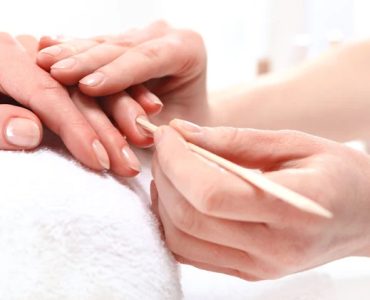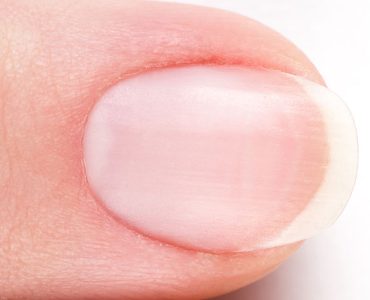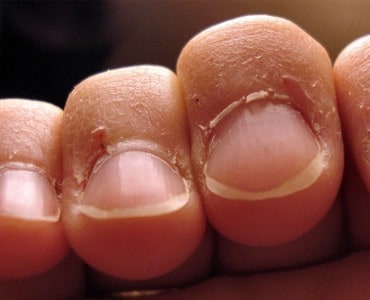When it comes to our nails, there’s more than meets the eye. Beyond their polished appearance, nails have a fascinating anatomy and structure that play a vital role in their health and beauty. By unraveling the secrets of nail composition, understanding the intricate layers, and exploring the hidden components, we can gain valuable insights into maintaining strong, vibrant nails.
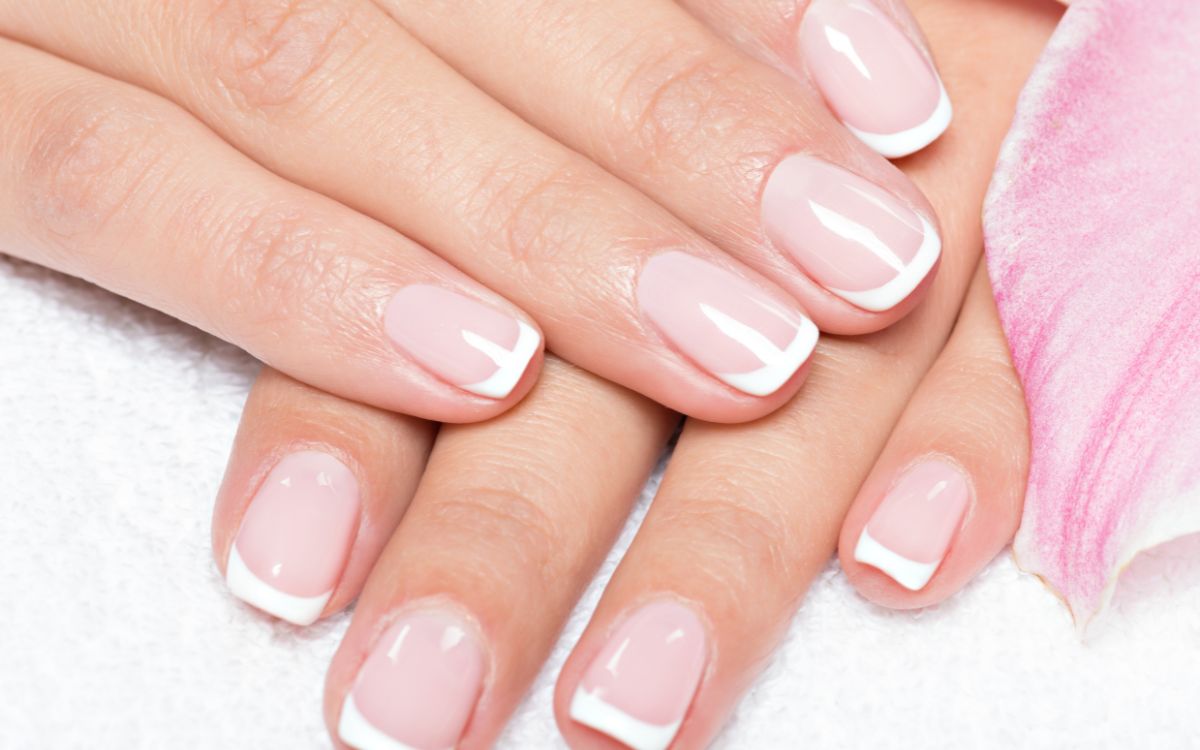
In this blog post, we will embark on a journey to discover the hidden world beneath our fingertips. We’ll delve into the layers of the nail plate, explore the importance of the nail bed, unravel the mysteries of the nail matrix, and uncover the functions of various nail components.
Nail Anatomy: The Basics
The structure and composition of nails play a crucial role in their overall health and appearance. Understanding the basics of nail anatomy is the foundation for proper nail care and maintenance. Let’s delve into the various components of nail anatomy and their significance.
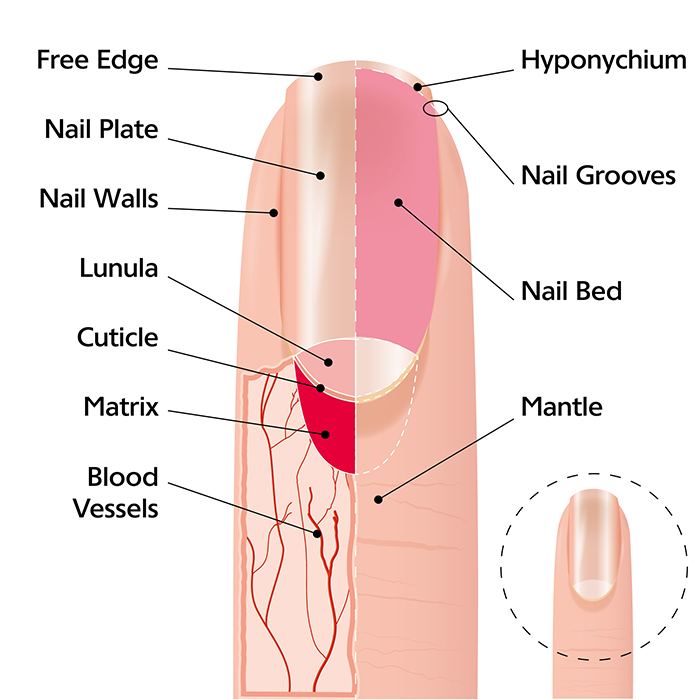
The Nail Plate: The Visible Part of the Nail
At the forefront of our nails is the nail plate, the hard and transparent portion that we see and often decorate with polish. The nail plate is primarily composed of keratin, a tough protein that provides strength and protection to the nail. It consists of several layers stacked on top of each other, and the thickness may vary from person to person. The smoothness and texture of the nail plate contribute to the overall aesthetics of the nails.
The Nail Bed: The Foundation of the Nail
Beneath the nail plate lies the nail bed, which serves as the support and nourishment for the nail. The nail bed is made up of living tissue that extends from the base of the nail plate to the fingertips. It plays a vital role in the growth and health of the nails. The condition of the nail bed greatly influences the appearance and strength of the nails. Proper blood circulation to the nail bed is essential for delivering nutrients and oxygen to promote nail growth.
The Cuticle: A Protective Barrier
The cuticle is a thin layer of skin located at the base of the nail plate. It acts as a protective barrier, sealing the area between the nail plate and the surrounding skin. The cuticle prevents bacteria, dirt, and other foreign substances from entering and causing infections. It also helps retain moisture, keeping the nails and surrounding skin hydrated. Maintaining the health of the cuticle is crucial for overall nail health and preventing common nail problems.
The Free Edge: The Tip of the Nail
The free edge refers to the extended portion of the nail plate that extends beyond the fingertip. It is the part that is often trimmed and shaped according to personal preference. The length and shape of the free edge can impact the overall appearance and functionality of the nails. Proper care of the free edge helps prevent breakage, splitting, and other forms of nail damage.
The Mantle: The Base of the Nail Plate
The mantle is a small fold of skin located at the base of the nail plate. It acts as a protective barrier and provides a seal between the nail plate and the nail bed. The mantle plays a crucial role in safeguarding the nail matrix, which is responsible for nail growth. It helps maintain the integrity of the nail structure and prevents damage to the delicate cells responsible for new nail growth.
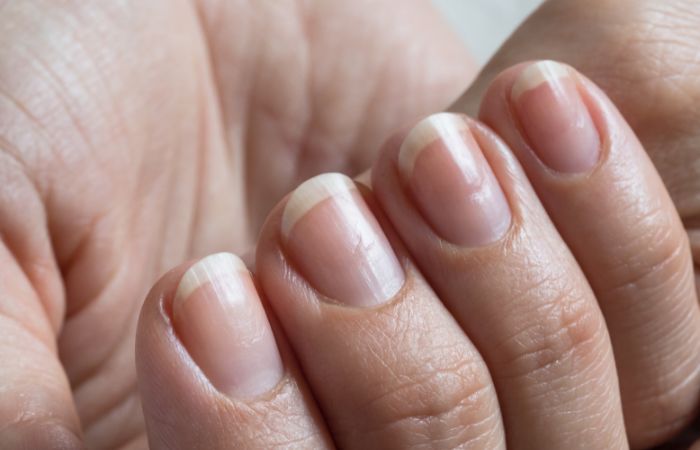
The Matrix: The Nail’s Growth Center
The nail matrix, often referred to as the “root,” is a vital part of the nail responsible for the growth and formation of new nail cells. Located beneath the cuticle at the base of the nail plate, the matrix is a specialized group of cells that play a crucial role in maintaining the health and strength of the nails. Let’s explore the components and functions of the nail matrix in detail.
What is the Nail Matrix?
At the base of the nail plate, hidden beneath the cuticle, lies a small but mighty region called the nail matrix. Often referred to as the “root” of the nail, the matrix is the area where new nail cells are formed. It is responsible for the continuous growth and regeneration of our nails.
The nail matrix consists of specialized cells that divide and multiply, producing new nail cells. These cells gradually push forward, pushing the existing nail plate along with them. As a result, our nails grow from the matrix and extend beyond the fingertips.
Matrix Health and Its Impact on Nail Growth
The health of the nail matrix directly influences the growth and quality of our nails. Various factors can affect the matrix’s well-being, including nutrition, hydration, overall health, and even certain medical conditions. Understanding the importance of matrix health can help us nurture our nails from their very source.
Adequate nutrition is vital for the optimal functioning of the nail matrix. Nutrients like biotin, iron, zinc, and protein play a significant role in supporting nail growth and strength. Ensuring a well-balanced diet that includes these essential nutrients can positively impact the health of the nail matrix and promote robust nail development.
Hydration is another key aspect to consider. Just as our bodies require hydration for overall health, our nails also benefit from proper moisture. Maintaining adequate hydration levels helps to prevent dry, brittle nails and supports the matrix in producing healthy nail cells.
Caring for the Nail Matrix
Nurturing the nail matrix involves adopting habits that support its well-being. One of the primary considerations is protecting the cuticle, as it acts as a natural shield for the matrix. Avoiding harsh chemicals, excessive cuticle trimming, or aggressive pushing of the cuticle helps maintain the integrity of the matrix and supports healthy nail growth.
Additionally, gentle nail care practices are crucial for matrix health. Avoiding trauma or injury to the nails, such as excessive filing, picking, or biting, prevents damage to the matrix and maintains its ability to generate new cells. Regular trimming and shaping of the nails, done with care and precision, can also contribute to the overall health of the nail matrix.
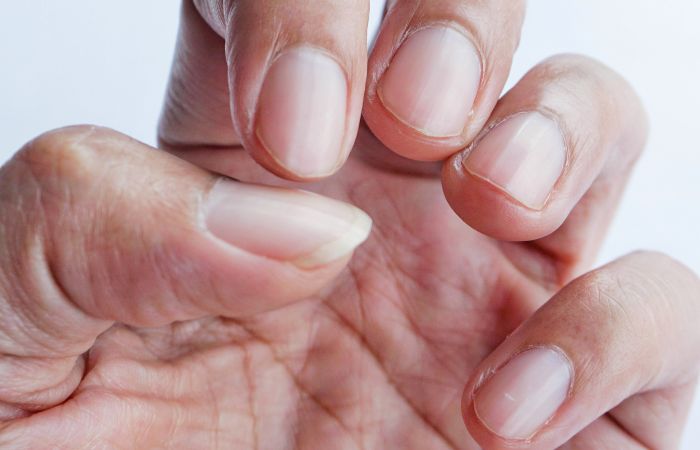
Nail Components: Going Beneath the Surface
Beyond the visible parts of the nails, there are several components beneath the surface that contribute to their overall structure and functionality. Let’s explore these important nail components and gain a deeper understanding of their roles.
Lunula: The Half-Moon-Shaped Mark
The lunula, often referred to as the “moon,” is a pale, half-moon-shaped mark visible at the base of some nails. Contrary to popular belief, the lunula is not the visible part of the nail matrix but rather the area where the matrix is not covered by the nail bed. The appearance and visibility of the lunula may vary from person to person and can be influenced by factors such as nail shape and size. While the lunula has no specific function, it has long been associated with nail health and vitality.
Nail Folds and Nail Walls: Protecting the Nail
Nail folds and nail walls play a crucial role in protecting the nails from external damage and infections. Nail folds are the strips of skin on the sides of the nail plate, while nail walls are the skin that surrounds the nail. Together, they create a barrier that helps prevent debris, bacteria, and other harmful substances from entering the nail bed. Maintaining the cleanliness and health of nail folds and nail walls is essential for overall nail hygiene and preventing common nail disorders.
Nail Bed Blood Vessels and Nerves: Supporting the Nail
The nail bed is not only a foundation for the nail but also houses blood vessels and nerves that support its growth and sensation. Blood vessels supply oxygen and nutrients to the nail bed, promoting healthy nail growth. The network of sensory nerves within the nail bed provides sensitivity and helps us perceive touch and temperature. These blood vessels and nerves play vital roles in maintaining the functionality and well-being of the nails.
The Hyponychium: The Junction Between the Nail and Fingertip
The hyponychium is the area of skin located beneath the free edge of the nail, where it meets the fingertip. It forms a seal that protects the underlying nail bed from debris and potential infections. The hyponychium acts as a barrier, preventing bacteria and other harmful substances from entering the delicate area beneath the nail. Keeping the hyponychium clean and maintaining its integrity is crucial for preserving nail health and preventing the occurrence of nail-related issues.
Conclusion
As we reach the end of our exploration into the anatomy and structure of nails, we’ve gained a deeper appreciation for the complex mechanisms that contribute to healthy and beautiful nails. By understanding the composition of the nail plate, the significance of the nail bed, the role of the matrix, and the interplay of various components, we’ve equipped ourselves with knowledge that can revolutionize our nail care routines.


